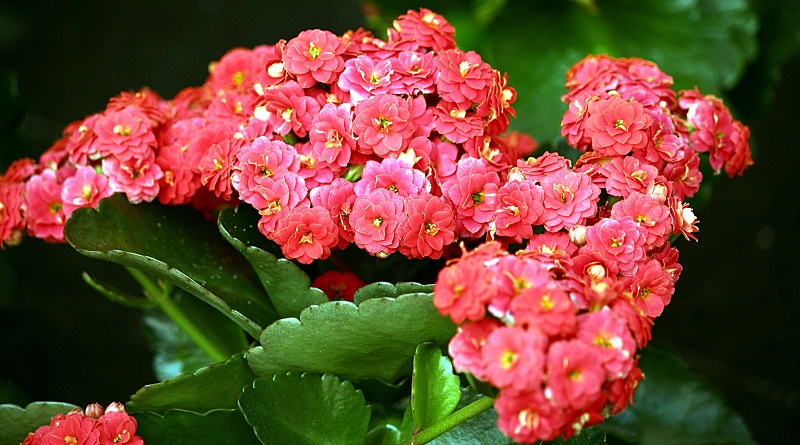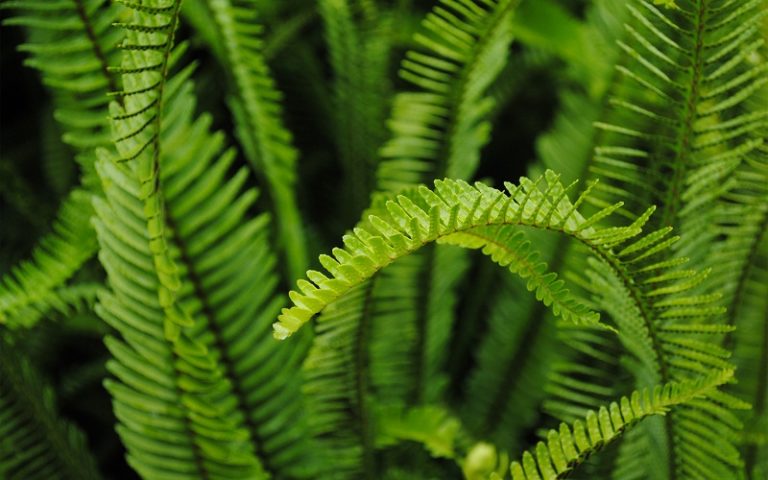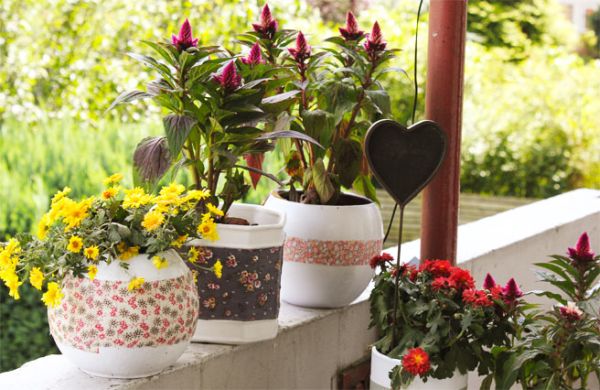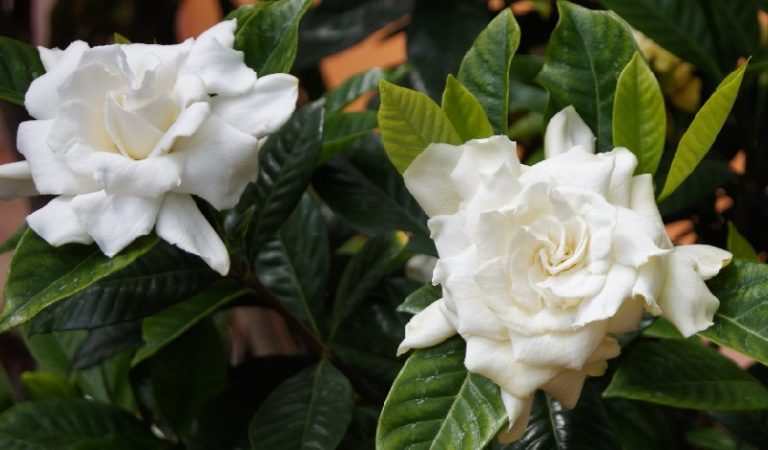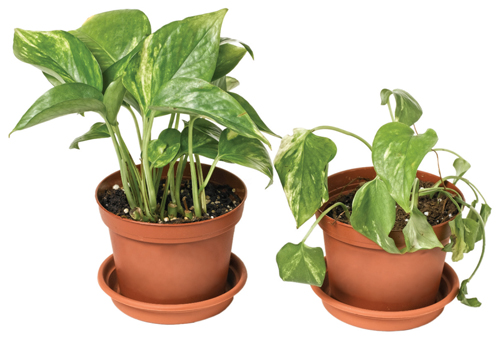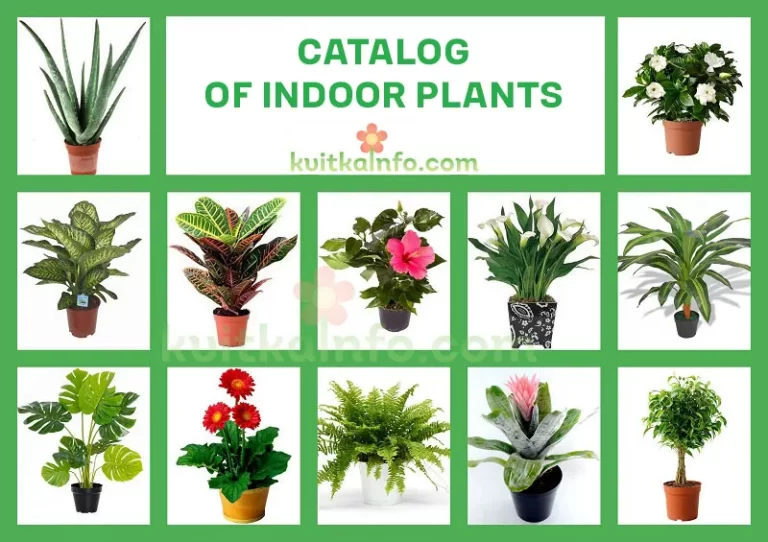Kalanchoe: care and types
Kalanchoe is a perennial plant that simultaneously performs 2 functions: decorative and medicinal. This plant can be easily grown indoors, it is not capricious and does not need any specific growing conditions.
In its natural environment, Kalanchoe can be found in South Africa on the islands of Madagascar and Asia. Kalanchoe belongs to the rough family.
Kalanchoe blooms once a year, however, methods of creating an additional flowering period using artificial light are known. Flowering begins at the end of winter and ends with the onset of spring. If even by the end of February the plant has not flowered, it is possible that your Kalanchoe species will bloom in March.
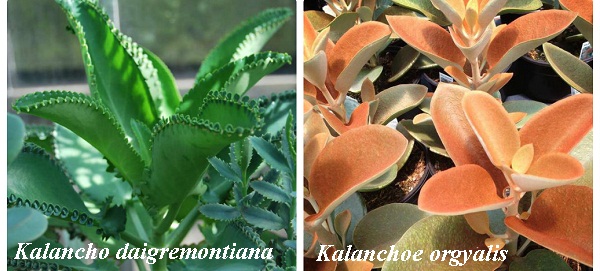
Useful properties of Kalanchoe:
- Kalanchoe is widely used in cosmetology. The moisturizing properties of Kalanchoe are used to make face and body creams, tonics, lotions, masks.
- Kalanchoe juice is also used in medicine: it is a very good antiseptic. Skin diseases are cured with Kalanchoe juice. If a person has calluses or purulent wounds, then they are lubricated with Kalanchoe juice. Kalanchoe leaves were chewed at the first sign of a cold.
- Also in this plant there are many vitamins and minerals that have a positive effect on the human body and on the skin.
- The leaves of this plant were used for food. Kalanchoe is a very popular plant in its homeland.
- Kalanchoe absorbs harmful radiation emitted by electrical appliances, so this flower is placed near computers and TV screens.

There are two main species of Kalanchoe that bloom beautifully: Kalanchoe blossfeldiana and Kalanchoe malginii hybrids.
The most popular among indoor Kalanchoes is Kalanchoe Blossfeld, which blooms beautifully, we will consider the rest of the species with the help of a photo.
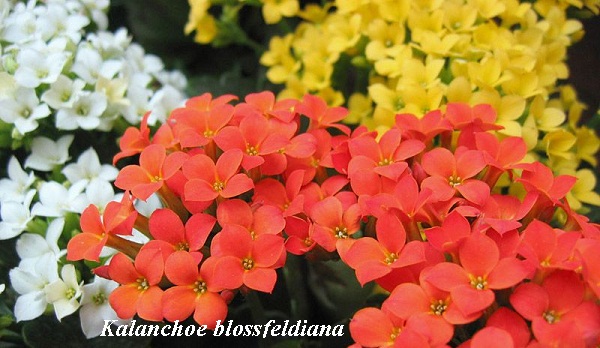
Kalanchoe blosfeld is one of the most popular flowering Kalanchoy.
Kalanchoe blosfelda is a perennial plant, with coarse green leaves (the shape of the leaf is ovoid), the flowers are small (up to 1 cm in diameter), they can be of different colors: pink, yellow, orange and red, collected in large inflorescences resembling an umbrella. The birthplace of Kalanchoe blosfeld is the island of Madagascar.
This type of Kalanchoe is very well suited for doctors’ offices, children’s rooms, where beautiful and bright flowers can improve mood.
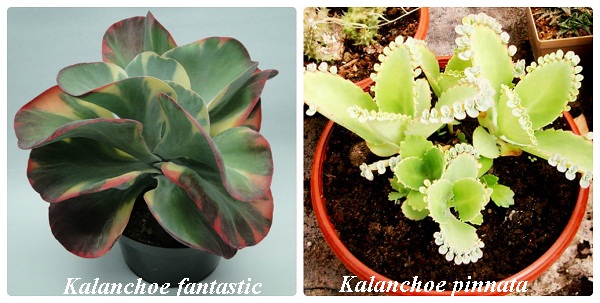
How to care for Kalanchoe
Caring for Kalanchoe is not difficult, because it is an unpretentious plant that can be easily grown at home. With proper care, Kalanchoe will bloom with bright flowers that will form a lush inflorescence.
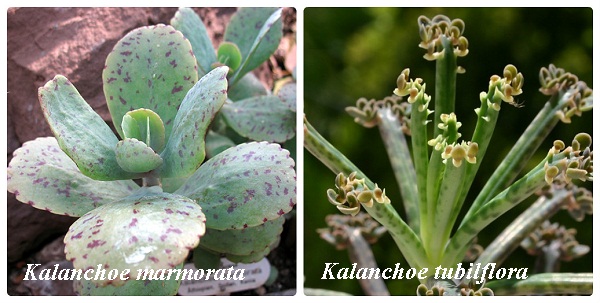
Light brightness for Kalanchoe
Kalanchoe will feel good in well-lit rooms, it tolerates low humidity quite easily. The flowering of Kalanchoe blosfeld lasts about two to three weeks. All faded flowers must be removed, and the plant should be placed in a cool room for a month and watering should be reduced. After 30 days, the flower must be transplanted and put back in a bright place, watering should be increased. From spring to autumn, the flower should be watered and the earthen lump should not be allowed to dry out, during this period, move the plant to the east or west window, and in winter rearrange it to the south window and reduce watering. A sign of excessive light is reddened leaves.
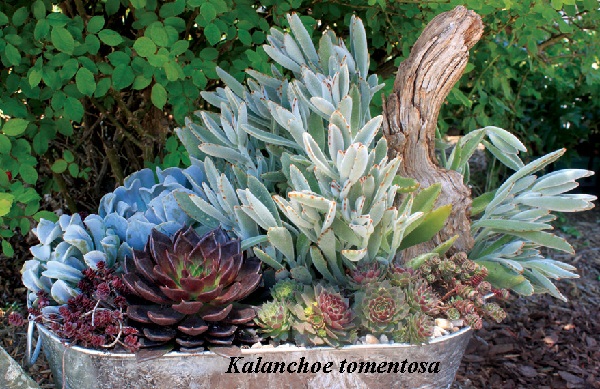
Air temperature for Kalanchoe
For Kalanchoe, a moderate temperature of +18 – +20 ° C is suitable, but do not allow the air temperature to drop to + 10 ° C in winter, at such low temperatures the plant can freeze and die.
Watering and humidity for Kalanchoe
In spring and summer, you can water the plant with cool (room temperature) settled water. Water so that water does not get on the leaves and stems, if water gets on the plant, rotting may begin, or powdery mildew may appear. Watering should be moderately so that the earthen clod is sufficiently moist, but not wet, water should not leak out. It is better to pour water into the pan, after 20 minutes pour out excess water.
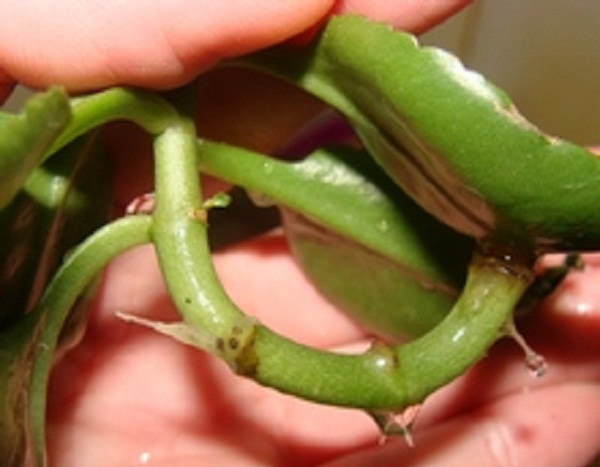
Important: Kalanchoe has a small supply of liquid in its leaves (it will withstand 2-3 days without water), and during transfusion, various diseases immediately appear and rotting is possible – it will be very difficult to save the plant.
In autumn and winter, Kalanchoe needs to be watered half as much as in the spring-summer period after the earthen coma has completely dried. After watering, never leave water in the pan. The plant does not tolerate cold well, and from the slightest drops the plant can begin to rot.
Kalanchoe has an aquifer structure, its tissues evenly distribute moisture throughout the plant and this contributes to the accumulation of moisture. The stems and leaves of the plant are covered with a waterproof film that does not allow moisture to evaporate. Thanks to this film, all moisture is inside the plant. This feature helps Kalanchoe survive in hot climates. Therefore, the plant does not need to be sprayed.
Watch the video about indoor violet. Violet flowers are multi-colored, simple, double, wavy with a diameter of 2 to 4 cm.
Fertilizer for Kalanchoe
Kalanchoe does not like various fertilizers. For feeding Kalanchoe, fertilizer for cacti is suitable. In winter, in no case should you feed the soil. The best time to fertilize is late spring or mid-summer. Fertilizers must be diluted twice as much as indicated in the instructions.
Kalanchoe transplant
When the plant blooms, it cannot be transplanted, the best period for transplanting Kalanchoe is the period after flowering. This beautiful flower needs to be transplanted every year in spring. The soil for Kalanchoe should consist in equal proportions of leafy, peat soil, with the addition of sand and birch coal. Kalanchoe is transplanted by transshipment into a larger (3 cm) pot.
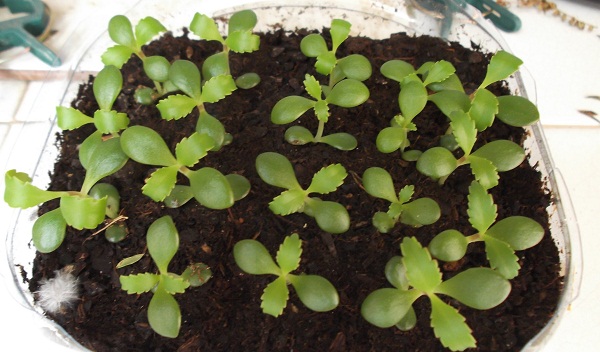
Reproduction of Kalanchoe
Indoor Kalanchoe propagates by cuttings, leaves, babies or seeds. The process of self-propagation is very interesting, when the fallen leaves take root on their own, and the roots are fixed in the soil.
Pests and diseases
If the air in the house is too dry, aphids or scale insects can attack Kalanchoe.
If the care of Kalanchoe is correct, it will not hurt. Improper care, namely non-compliance with the irrigation regime, can cause various diseases.
Difficulties in growing Kalanchoe
Kalanchoe does not want to grow – wrong soil, lack of nutrients or there are diseases.
Kalanchoe does not bloom – reduce top dressing. Top dressing should be stopped gradually: each time reduce the amount of fertilizer, bringing it to zero.
In Kalanchoe, the leaves turn yellow – the upper leaves turn yellow and the lower ones fall off – the reason is the lack of the proper amount of sunlight. If the leaves turn yellow evenly throughout the stem – an abundance of direct sunlight.

